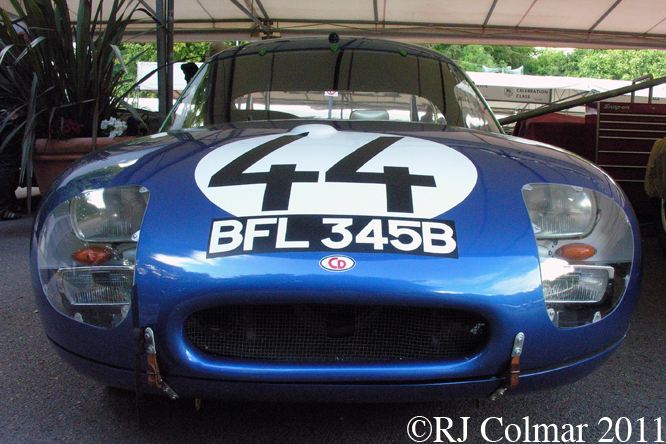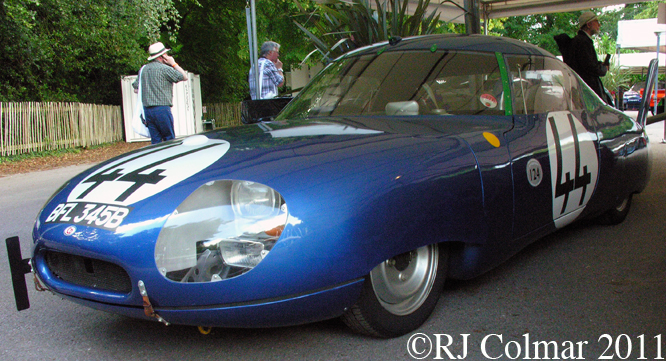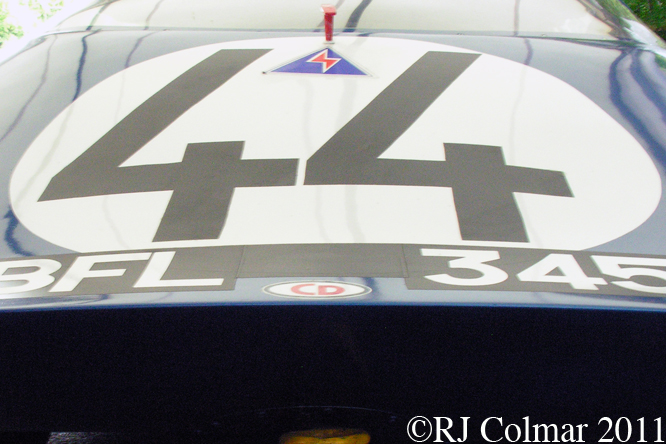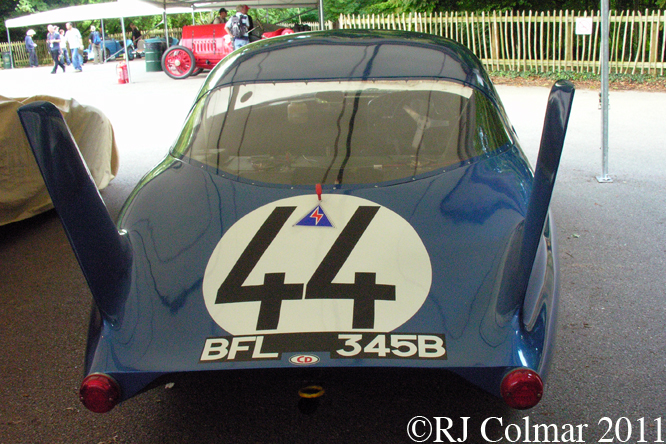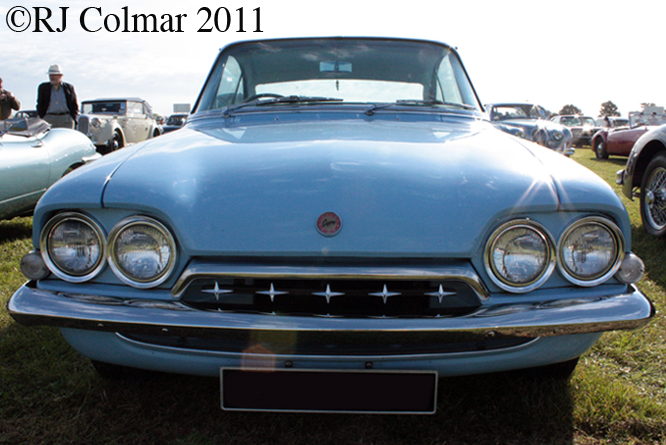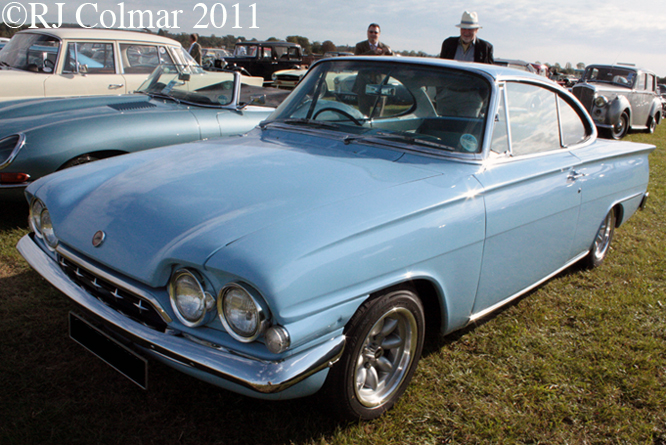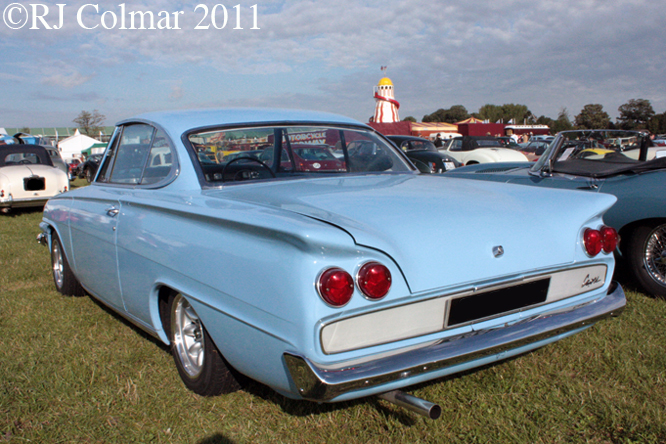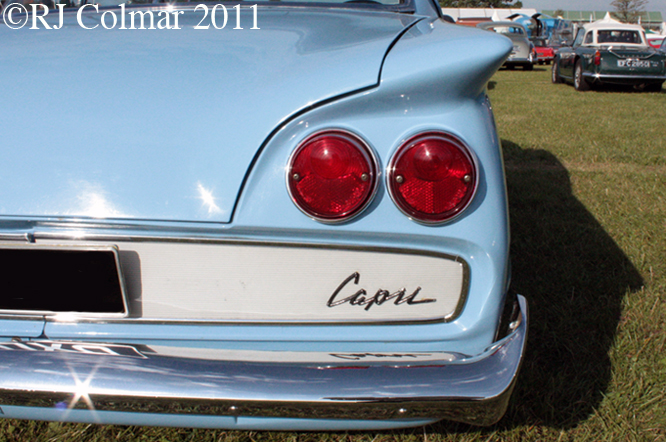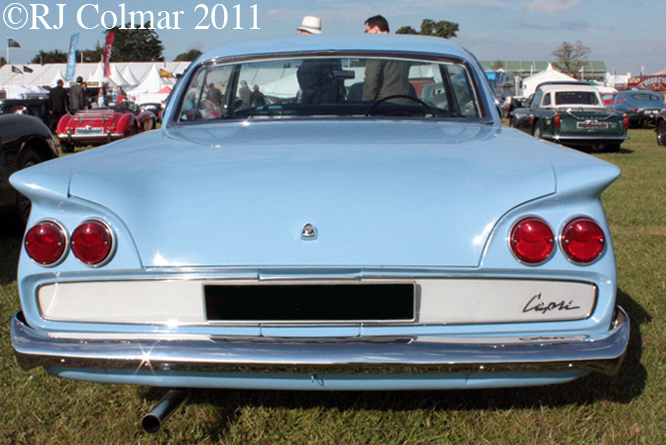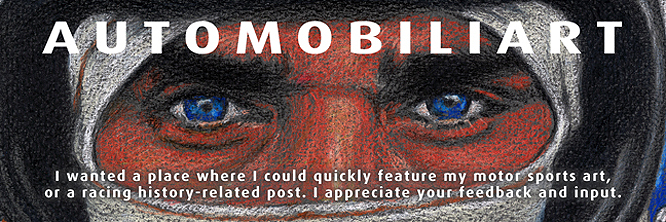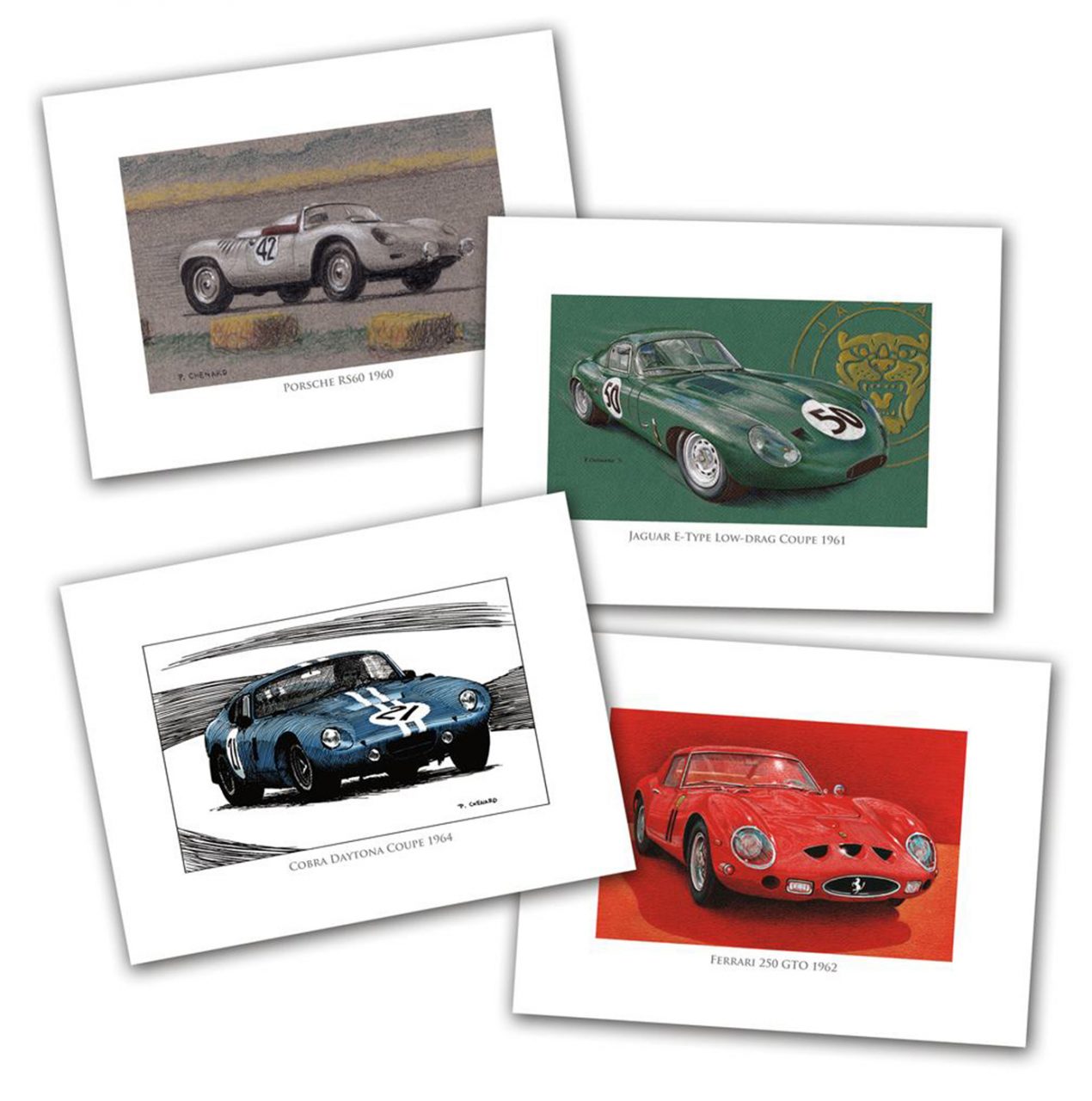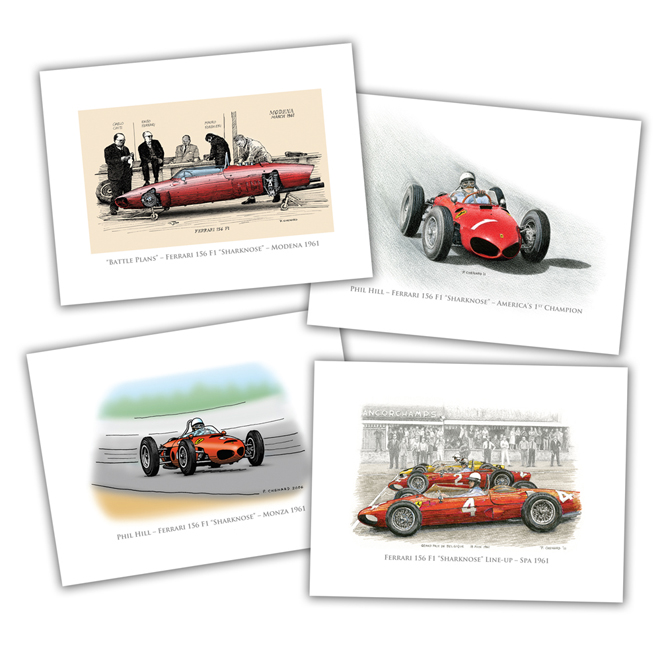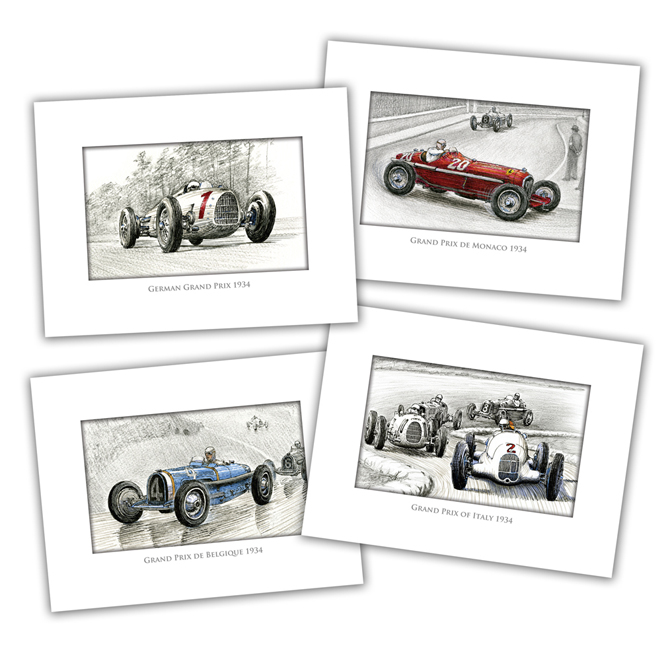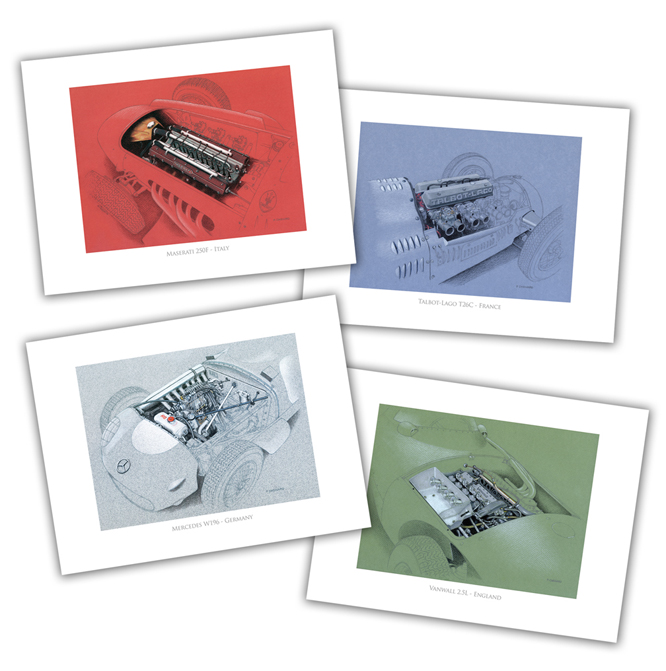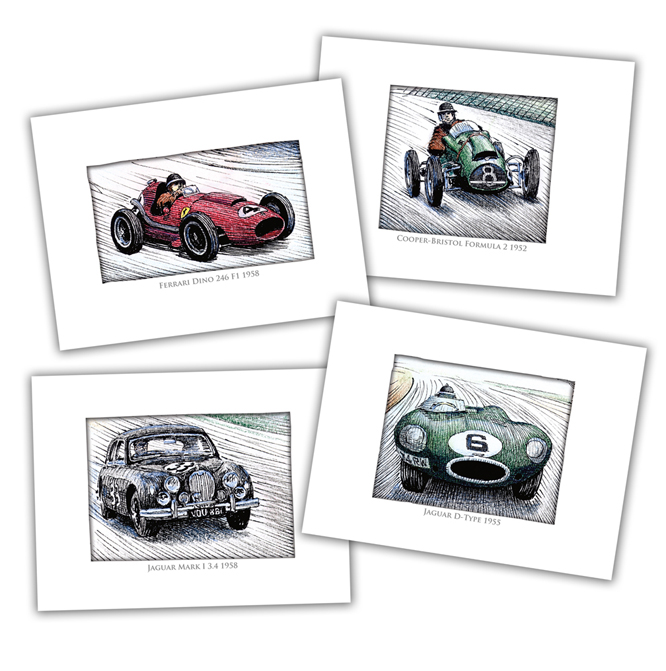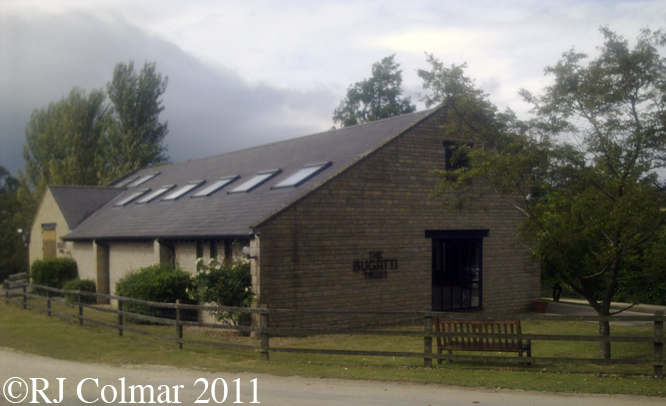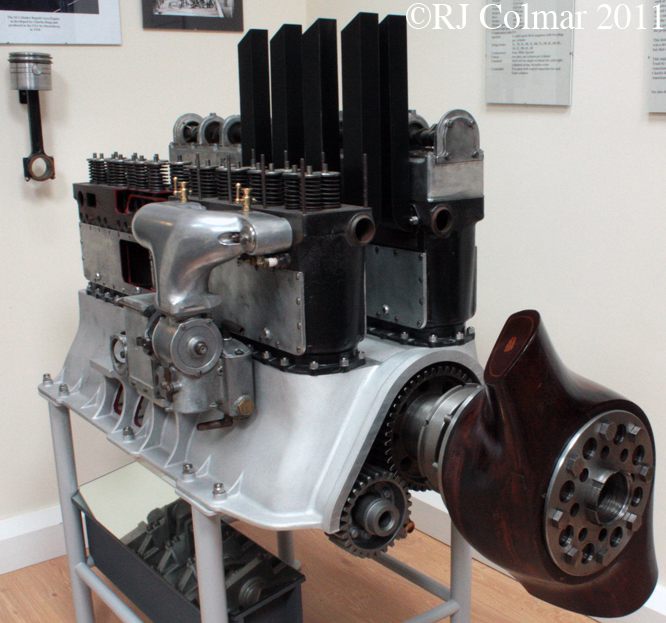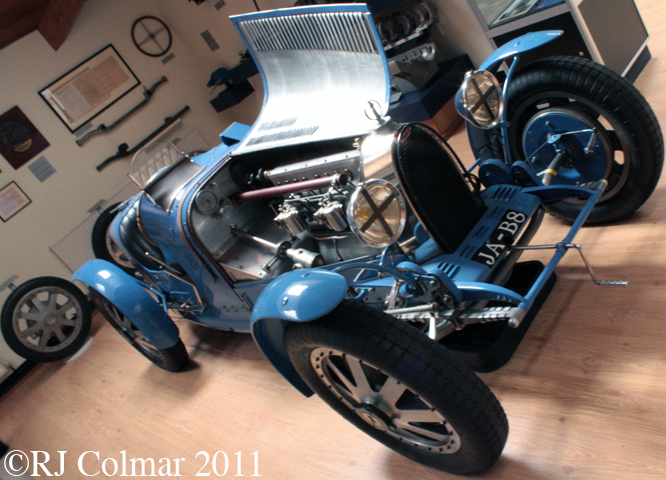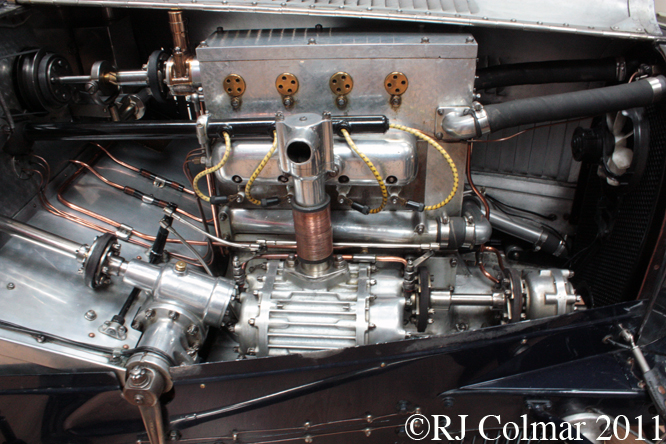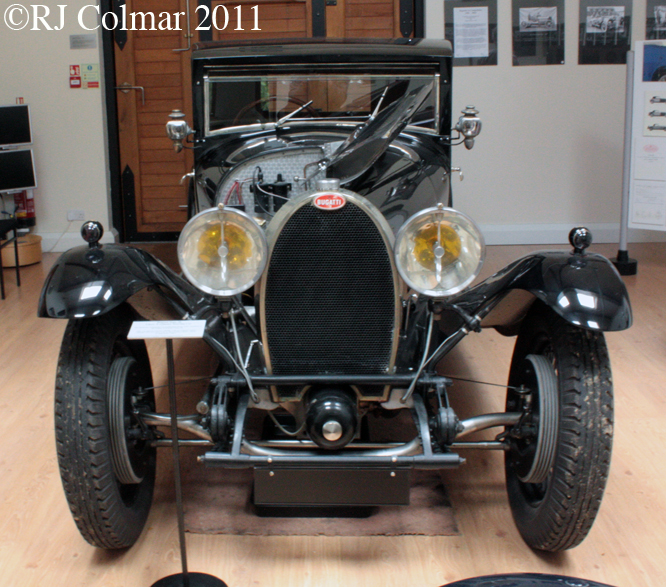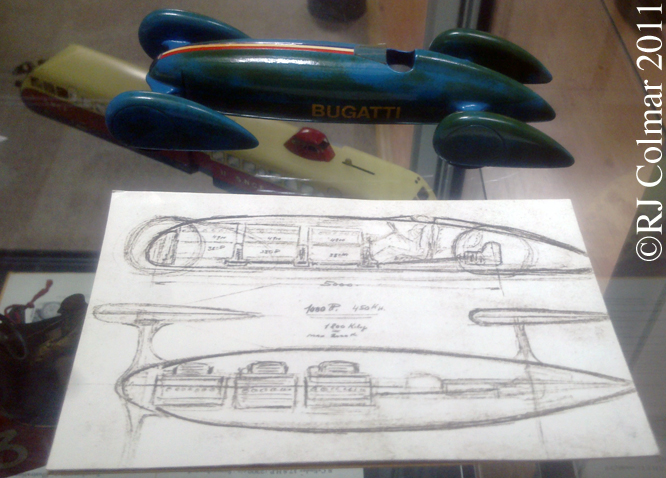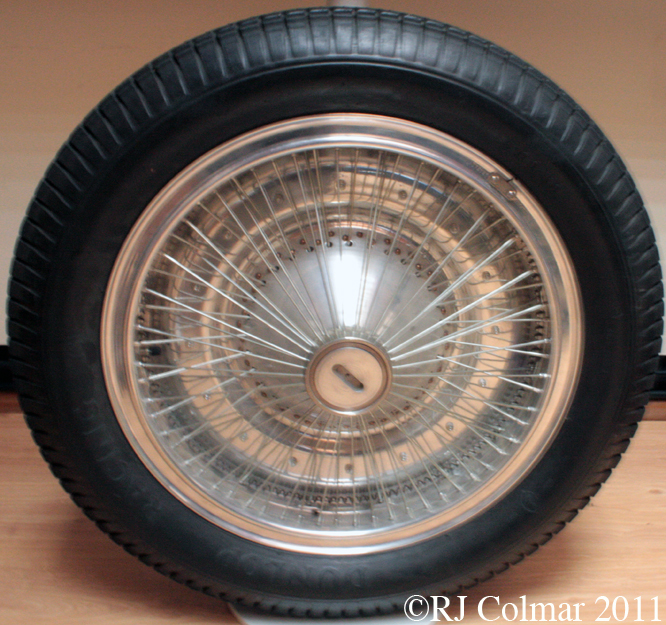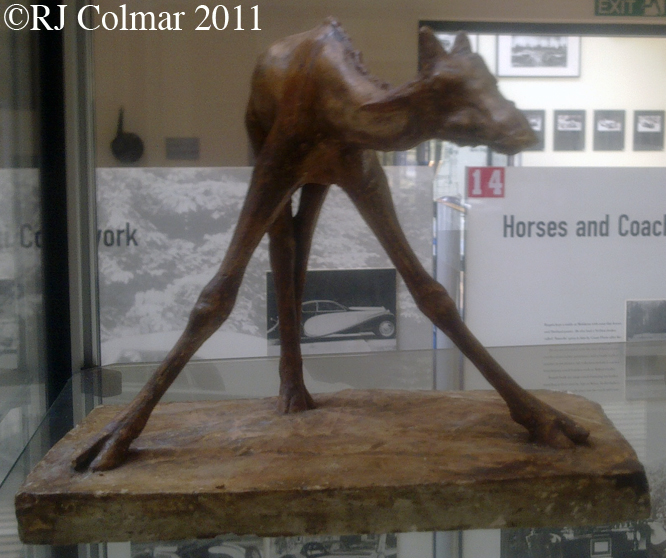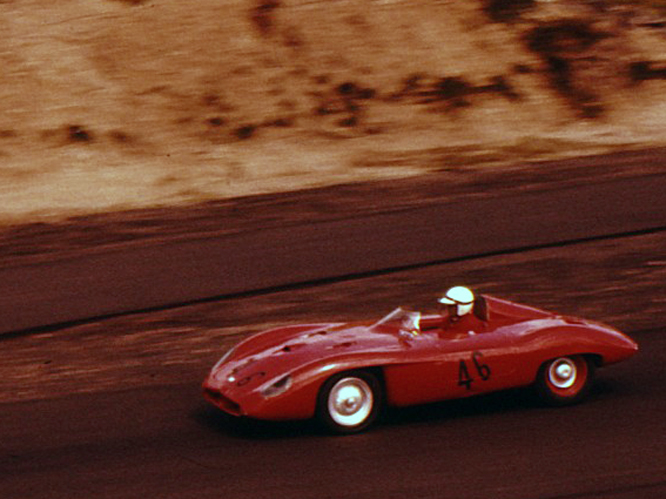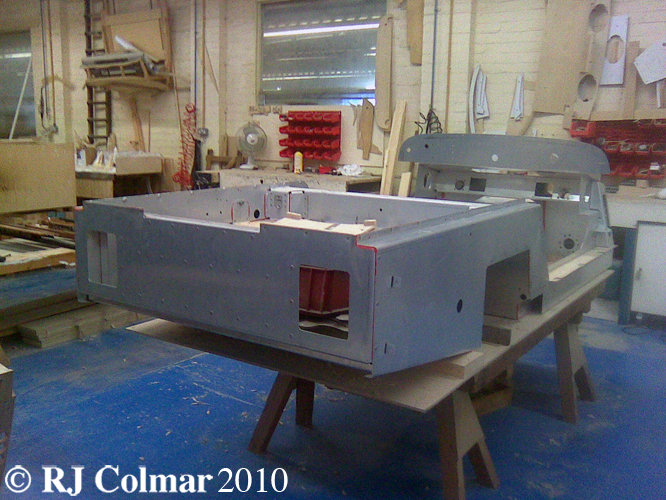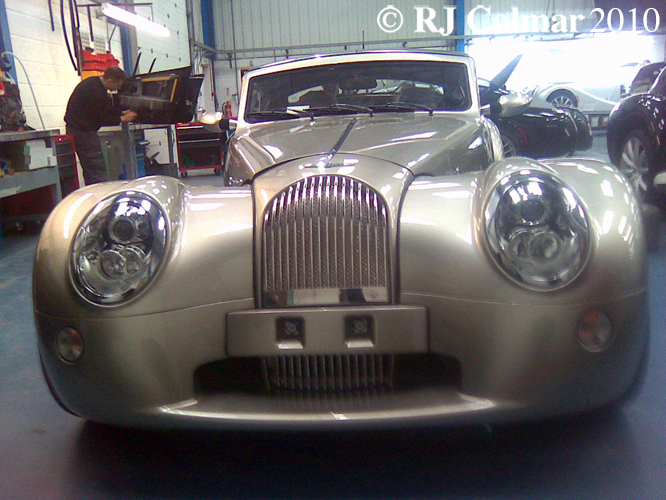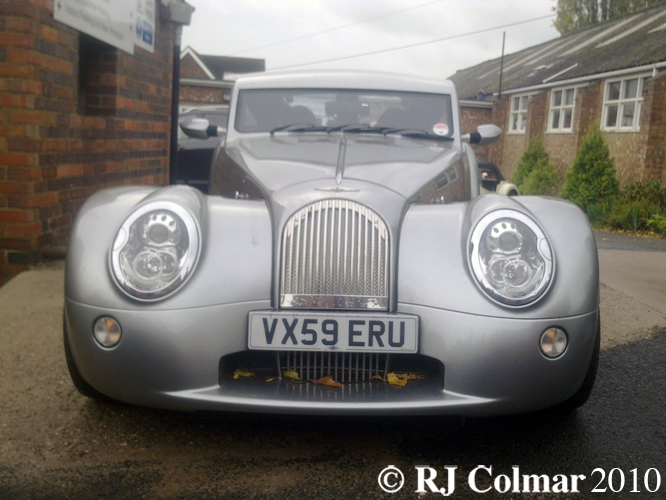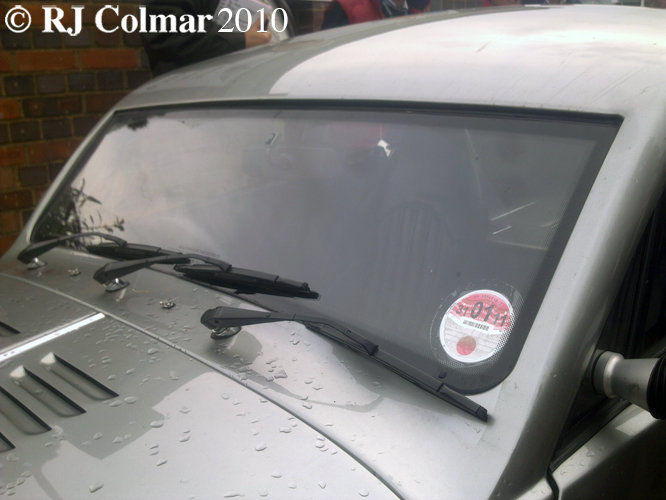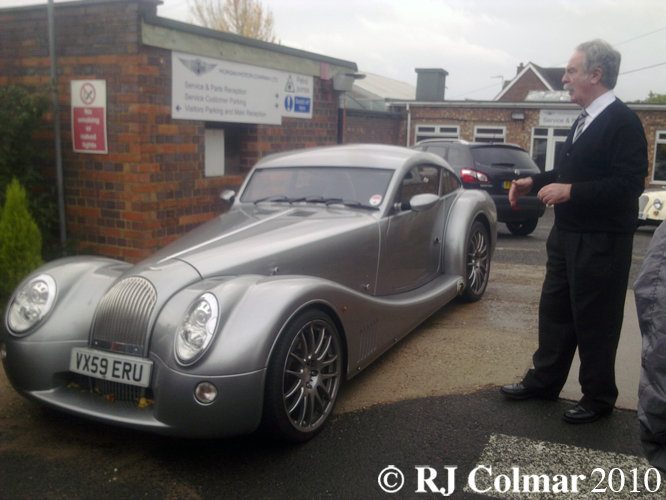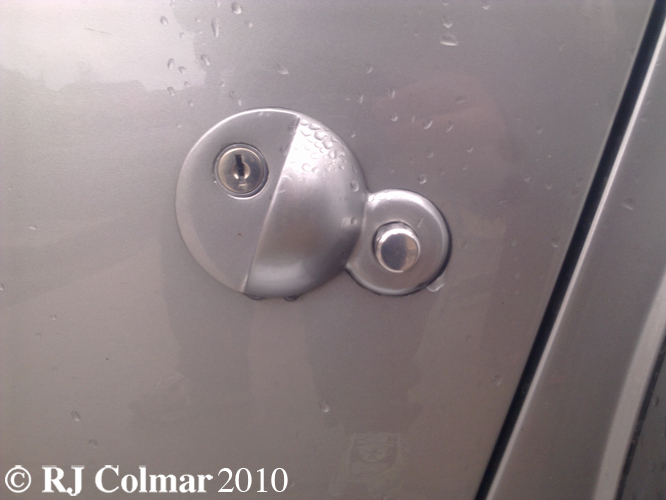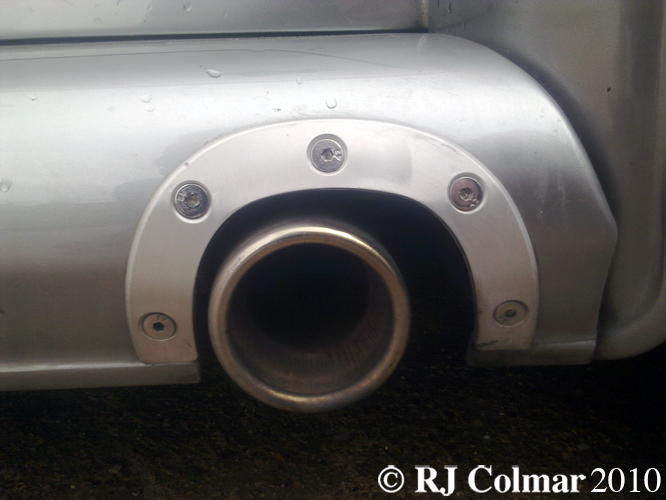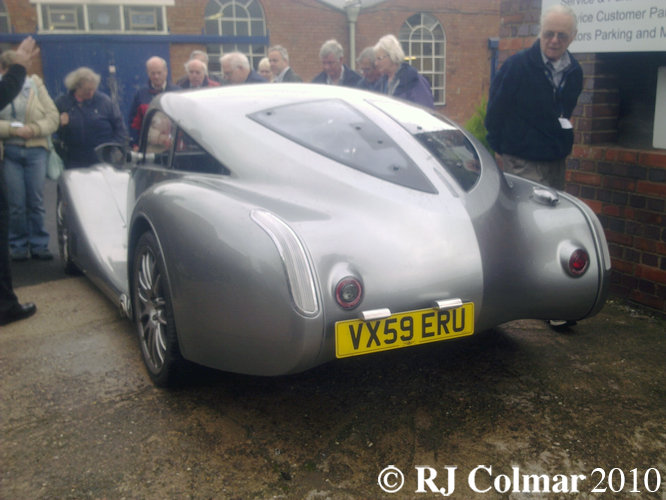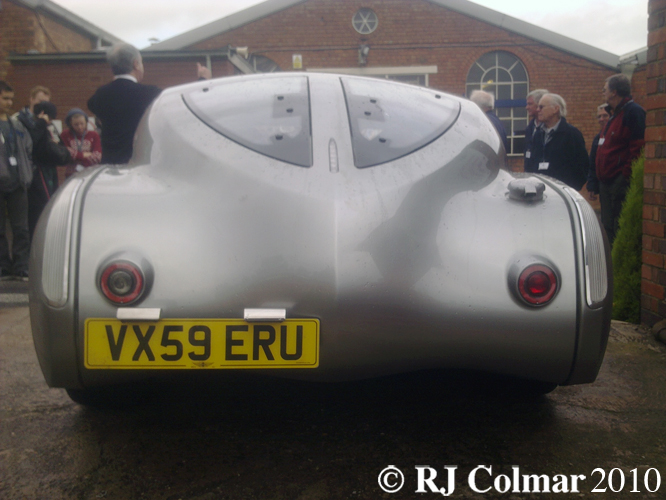A ‘brake’ is a large body-less carriage frame used for training horses, use of the term expanded to include any large wagon designed for country use.
With the advent of the motor car the term shooting brake was applied to any custom built body, often with only two front doors, fitted to a luxury car that was designed for use by hunters and sportsmen who required a large carrying area.

In 1872 Frederick Henry Royce’s school day’s were over after just one year when his father died and he had to take a paper round and a job delivering telegrams aged just nine.
By 1929 the company founded by Frederick, better known as Henry, with Charles Rolls was winding up production of the Rolls Royce Twenty of the type featured today in anticipation of the 20/25 model launched later the same year.
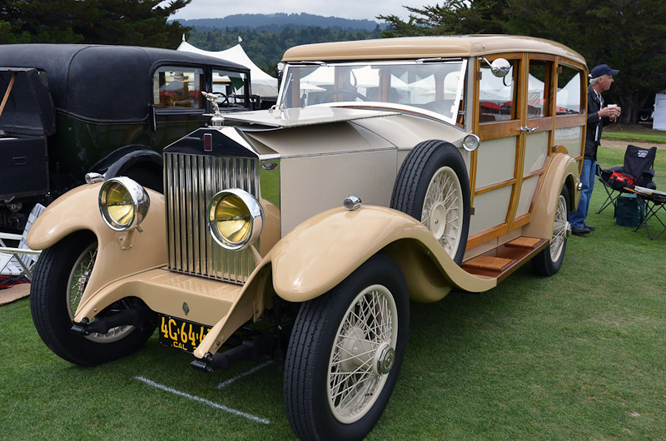
The Rolls Royce Twenty was the companies ‘small’ car designed for owner drivers, though inevitably plenty were sold to owners with chauffeurs.
The Twenties mono block 6 cylinder 3127cc / 190 cui motor on the early models was fitted to a three speed gearbox with central gear change while later models like the one featured today had a four speed gearbox with right hand gear stick.
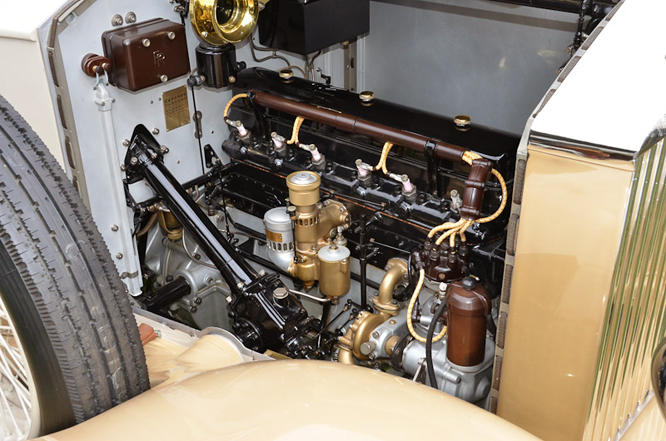
Four wheel brakes with a servo did not become available on the Twenty model until 1925, the radiator grill on early models were also fitted with horizontal slats.
At this time all Rolls Royces were supplied as powered chassis without bodywork which was fitted to the bespoke requirements of customers by independent coach builders, at the time of writing it is not known who built the Woody Shooting Brake body seen here.
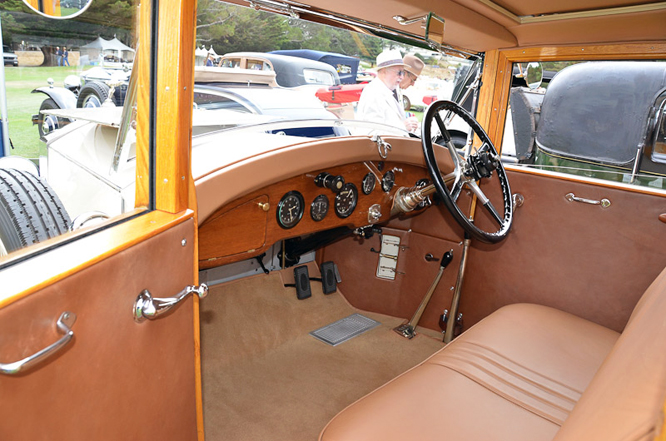
By 1967 today’s featured Rolls Royce Twenty Shooting Brake was the property of the Hopper family resident at 16 Caledonia Place in Clifton Village Bristol.
Every morning the Hopper’s son Edwin used to drive the Royce down the road to the newspaper agents, Bridge Stores, opposite the Avon Gorge Hotel where he would pick up the newspapers he was to deliver on the other side of Clifton Suspension to the residents of Abbots Leigh.
After finishing his paper round Edwin would drive back across the Clifton Suspension Bridge, designed by Ismbard Kingdom Brunel, and pick up his sister, who had delivered papers on her own round in Clifton Village by foot and drive the car one and a half miles to Ashton Park School which they were both attending.
Amazingly there is a silent black and white film documenting Edwin’s routine, seen above, the newspaper shop is now a branch of the Mayfair Residential Sales and Lettings agents and the bridge tolls are now collected by machines, but other wise the area shown in the film is remarkably unchanged.
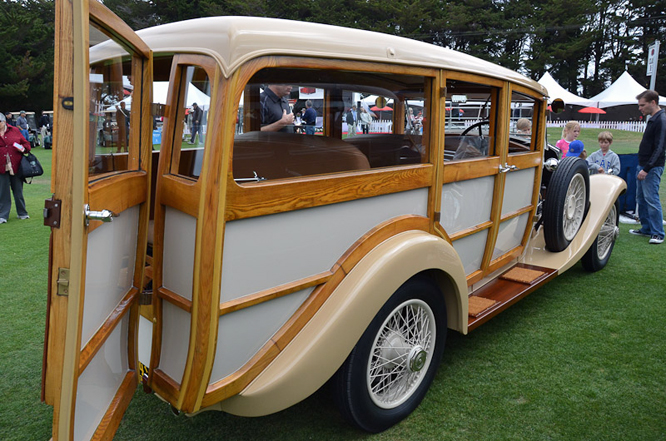
This Twenty known by it’s current owner as ‘Gen’ was acquired in 1978 with it’s original tool kit and owners manual and was ground up restored between 2000 and 2008.
My thanks to Geoffrey Horton for sharing these photo’s taken at Hillsborough Concours d’Elegance a couple of years ago.
Thanks for joining me on this “Paperboy’s Shooting Brake” edition of “Gettin’ a li’l psycho on tyres” I hope you will join me again tomorrow when I’ll be looking at a 350hp 1920 land speed record car. Don’t forget to come back now !


